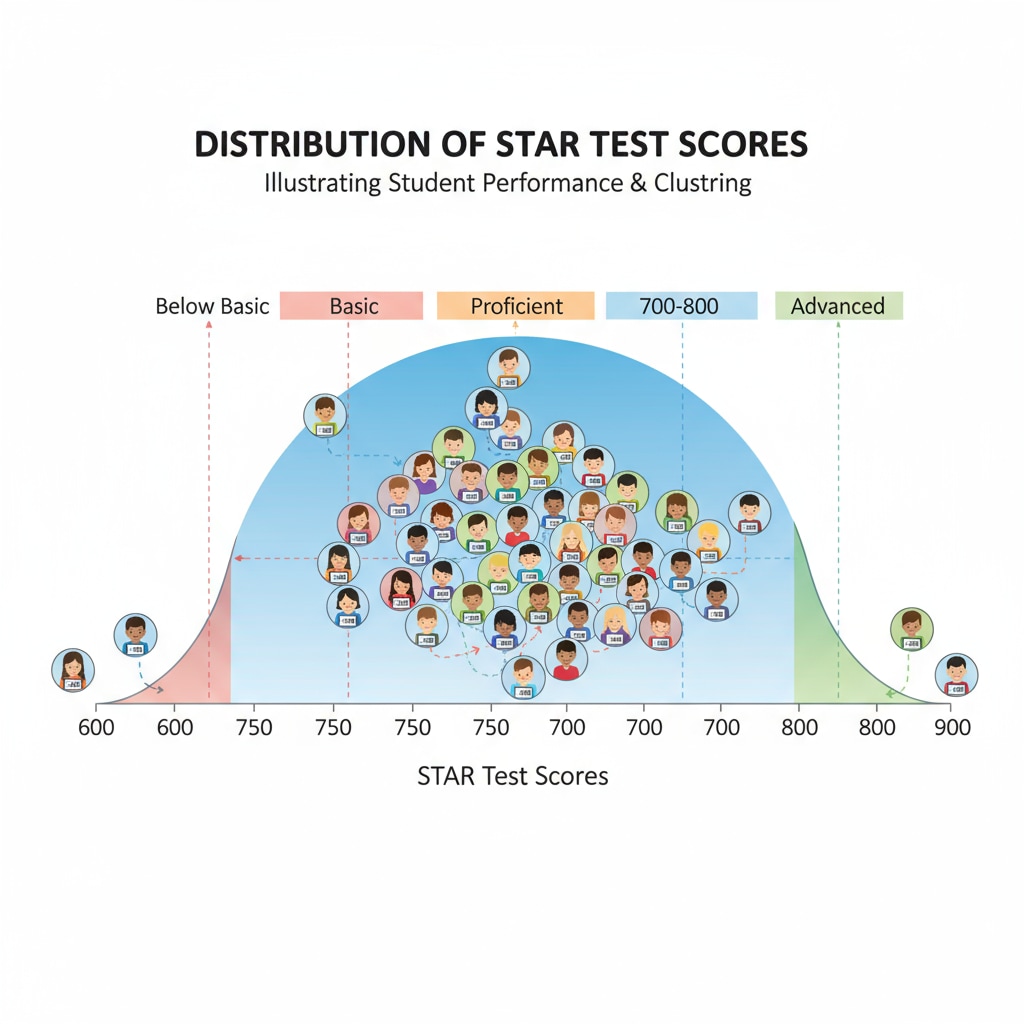When it comes to assessing a student’s academic progress, STAR Test, Percentile Rank, and Student Performance are crucial elements to consider. Parents often look at these test results with great interest, hoping to gauge how well their children are doing in school. But what do these numbers really mean? Let’s take a closer look.

The Basics of STAR Test
The STAR test is a widely used standardized assessment that aims to measure a student’s academic skills and knowledge. It covers various subjects such as reading, mathematics, and language arts. This test is designed to provide educators and parents with insights into a student’s strengths and weaknesses. For example, it can help identify areas where a student may need additional support or where they are excelling. According to Renaissance’s official website on STAR assessments, the test is adaptive, meaning it adjusts the difficulty level of questions based on the student’s responses. This ensures that the test accurately measures the student’s ability level.
Understanding Percentile Rank
Percentile rank is a key metric in understanding STAR test results. It indicates the percentage of students in a comparison group who scored at or below a particular student’s score. For instance, if a student is in the 80th percentile, it means they scored better than 80% of the students in the comparison group. However, it’s important to note that percentile rank doesn’t directly equate to the percentage of correct answers. As explained on Wikipedia’s page on percentile rank, it’s a relative measure that shows how a student performs compared to others. This can be a useful tool for parents to understand where their child stands among their peers.

The Reliability of STAR Test Scores
While STAR test scores can provide valuable information, their reliability has been a subject of debate. The test’s accuracy can be affected by various factors such as test anxiety, the student’s familiarity with the test format, and the specific questions asked. For example, a student who is normally a high performer may have an off day due to test anxiety and score lower than expected. Additionally, the test may not fully capture a student’s true understanding of a subject, as it is limited by the multiple-choice or short-answer format in some cases. However, when used in conjunction with other forms of assessment, such as classroom work and teacher evaluations, STAR test scores can offer a more comprehensive view of a student’s performance.
The Real Educational Meaning Behind the Numbers
Beyond the numbers, the STAR test results should be seen in the context of a student’s overall educational journey. High percentile rankings don’t necessarily mean a student has a deep understanding of the subject matter. It could be that they are good at taking tests or have been exposed to similar material. On the other hand, a lower percentile rank doesn’t mean a student is failing. It could indicate areas where they need more focused instruction. Parents and educators should use these results as a starting point for discussions about a student’s learning needs and goals. For example, if a student has a low percentile rank in math, it could prompt a conversation about additional tutoring or different teaching methods.
Readability guidance: Throughout the article, we have used short paragraphs and simple language to enhance readability. The sections on the STAR test basics, percentile rank, reliability, and educational meaning are presented in a clear and organized manner. We have also included relevant external links to provide further information for interested readers. By understanding these aspects, parents can make more informed decisions about their children’s education and avoid overreacting to test results.


